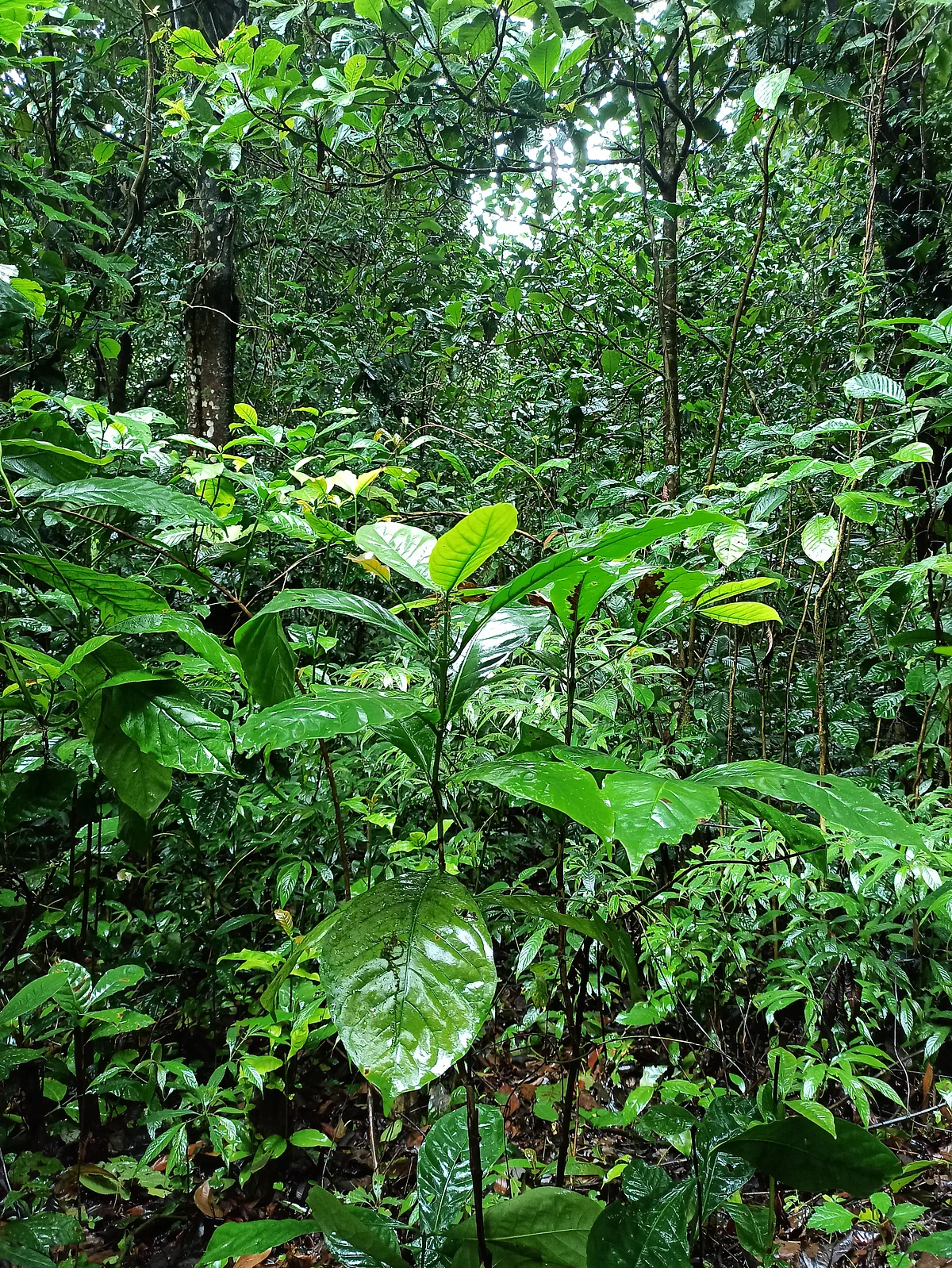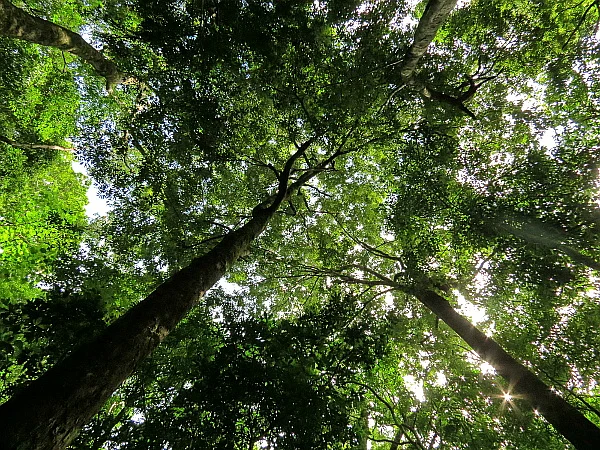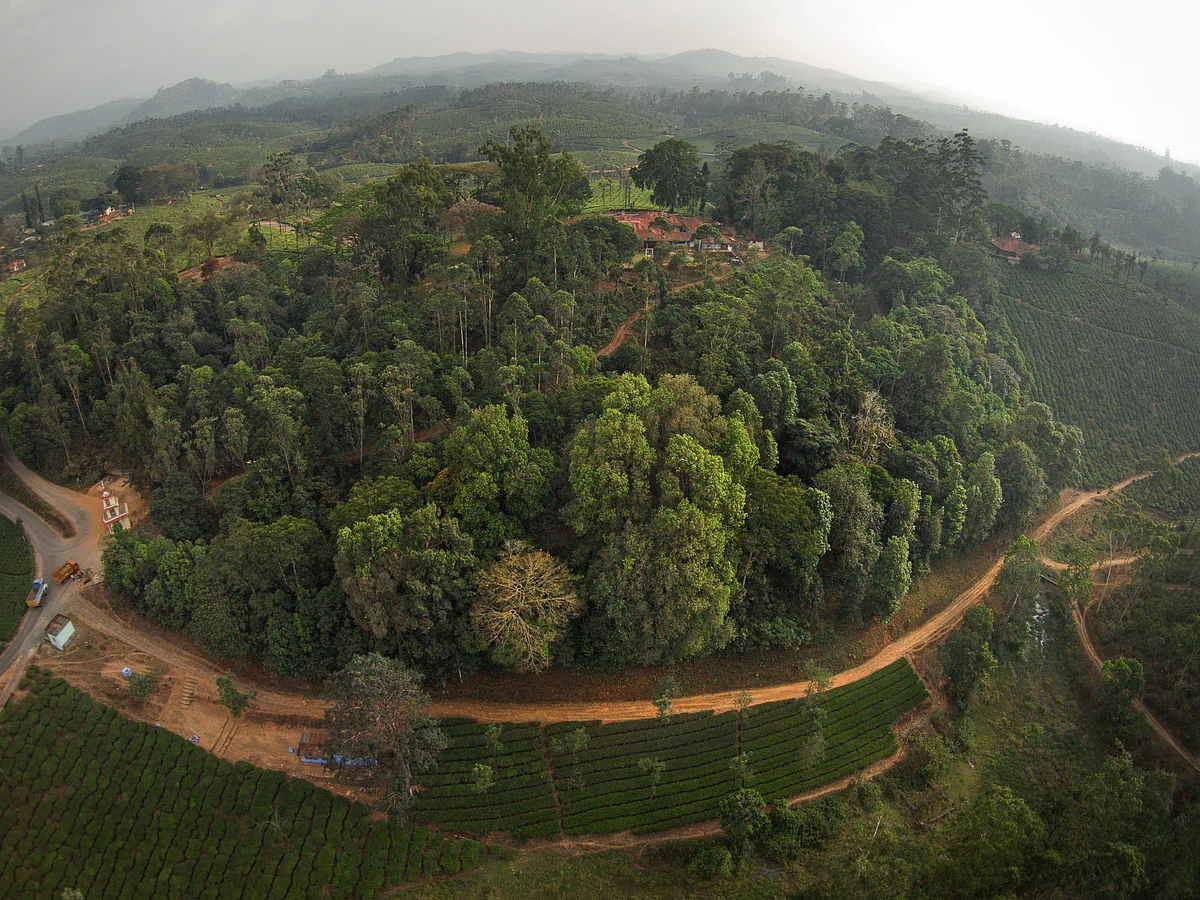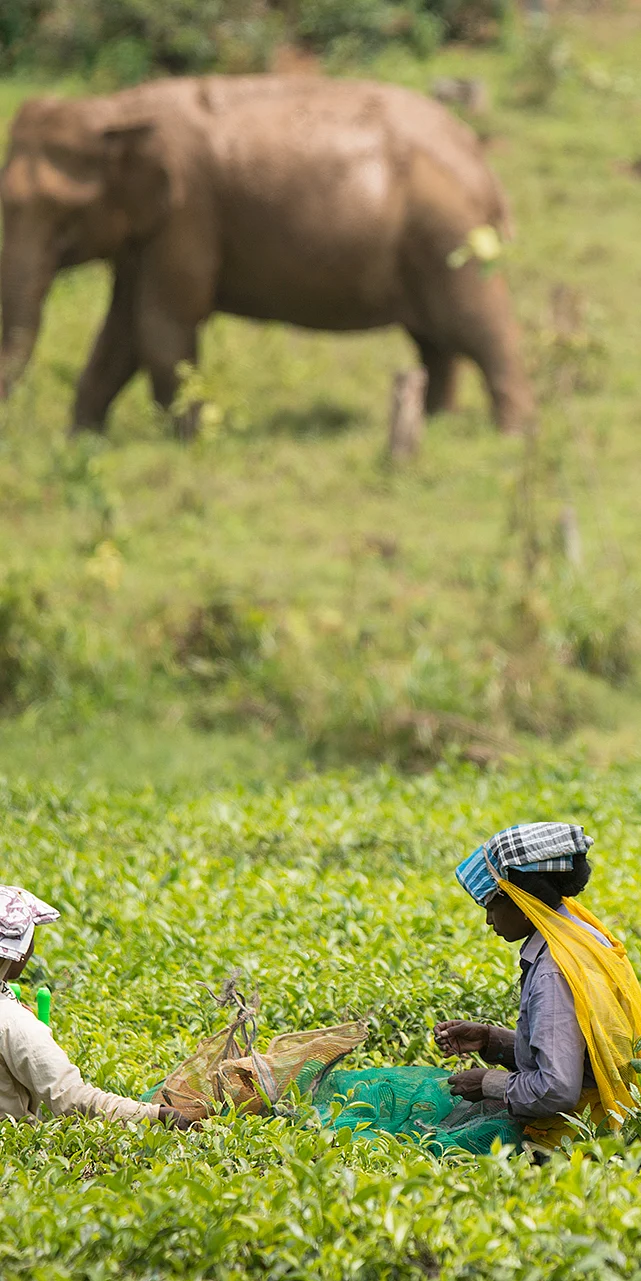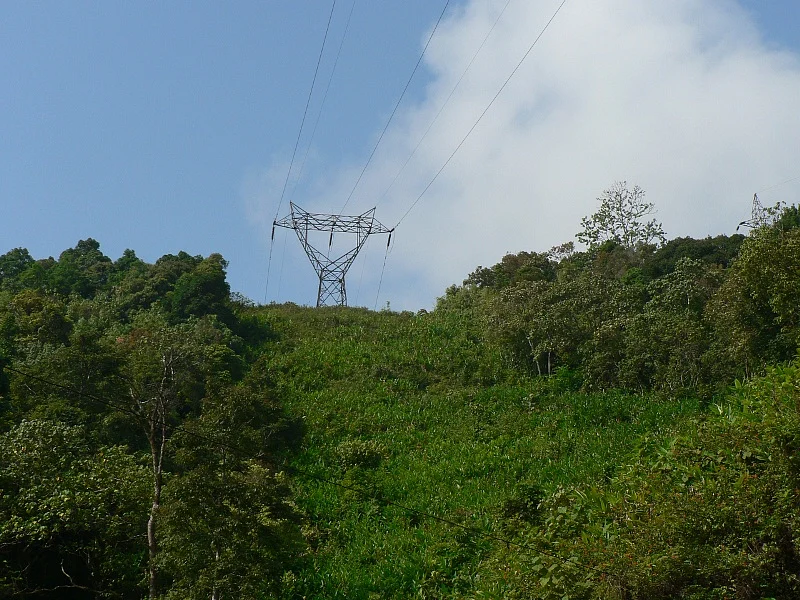Ecological restoration of degraded rainforest in the Anamalai hills
Virtually all forests are influenced by humans in some way or the other, from forest fragmentation and resource extraction in human-dominated landscapes to the pervasive footprint of climate change affecting even the most remote forests. How do these disturbances interactively affect the ability of forests to sustain biodiversity and provide vital ecological benefits such as carbon sequestration? And what kinds of restoration strategies are most effective at reversing these impacts in degraded forests? Our research in tropical rainforests of the Anamalai Hills addresses these questions through a combination of short- and long-term field studies and experiments.
Fixing fragmented forests
Our restoration programme in the Western Ghats focuses on the region’s unique, biologically diverse tropical rainforests. Historically, due to human activities, these forests have been cleared, degraded, or reduced to fragments scattered like islands amidst towns and cities, dams and mines, farms and plantations. A growing body of field research, including our own, suggests that remnant rainforests cannot be conserved through protection alone. One also needs to restore degraded lands to improve habitat quality to enable the survival of threatened species that live within these forest patches and to reconnect existing patches, if possible, to enhance the entire conservation landscape.
Restoration and recovery
Since 2001, we have worked to identify and protect rainforest fragments on the Valparai plateau, Anamalai Hills, in partnership with major plantation companies (Parry Agro Industries Ltd, Tata Coffee Ltd, Tea Estates India Ltd–earlier Hindustan Unilever Ltd) and the Tamil Nadu Forest Department. Together, around 1075 ha in 35 rainforest fragments are being protected under this program. Among these, we are working to ecologically restore 25 rainforest fragments (1 to 100 ha in area), three sites contiguous with the Anamalai Tiger Reserve, and a perennial stream flowing through tea plantation. Our ecological restoration plantings and invasive weed removal targeted over 80 plots spanning around 110 ha in the most degraded portions, especially fragment edges. We have planted about 83,000 saplings of over 170 native rainforest tree (and some liana) species. While the intensive restoration targeted around 110 ha, the 1075 ha within the fragments also continues to be protected for natural regeneration (passive restoration).
Early monitoring showed that an average of 61% of the planted saplings survived at the end of two years. As these saplings establish along with resurgent natural vegetation, the fragments are on the road to recovery. Recent re-survey of older restoration sites showed that active restoration has significantly increased canopy cover, aboveground carbon storage, adult tree and sapling density and species density, and compositional similarity to relatively undisturbed benchmarks by 14–82% over the years.
Do watch this short documentary, A Dream of Trees, to know more about our restoration efforts. The documentary also acknowledges the support of various agencies, individuals, colleagues, and partners who made this work possible over a nearly two-decade long period.
Native shade trees in plantations
Restoration of rainforest fragments can be complemented by efforts to improve land-use practices and increase native tree cover in surrounding plantations. A large number of native tree species hold potential for use as shade trees in plantations, but have been overlooked or rarely tried out. Using saplings from our rainforest plant nursery at Valparai, plantation companies in the Anamalai hills have planted nearly 32,000 saplings of over 150 native tree species since 2004. A number of species, planted out as shade in coffee, cardamom, tea, and vanilla plantations have established well, some even doing better than commonly used alien species such as silver oak.

